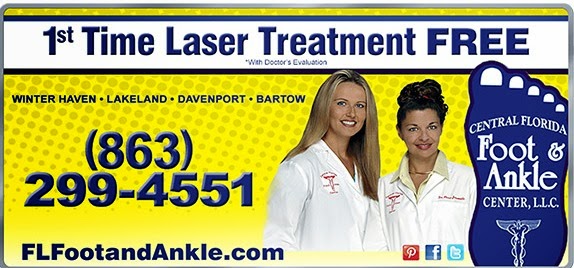
If you know a young athlete that’s having some trouble with heel pain, it may be Sever’s disease. Sever’s disease is a condition common in growing athletes, where the growth plates in the heel are subjected to repetitive microtrauma. This microtrauma, or tiny cracks in the growth plate, is the most common cause of heel pain in male athletes aged 10-14.
Sever’s disease is a self-recovering ailment. That is, with rest and minimized impact to the heel (i.e. less running) the pain will subside on its own. Symptoms include pain in the heels, especially while playing a sport or immediately following, as well as pain in the heels when waking up. The pain is also felt from squeezing the calcaneus, or heel bone.
Treatment of Sever’s disease is typically rest, ice, compression, and elevation (The R.I.C.E. method). Orthotics or heel cups are often beneficial, as these tend to reduce the shock that the heel absorbs while running and playing sports. Also, the young athlete should wear a proper fitting shoe, with firm support and a heel that is able to absorb some of the shock. Stretching the calf muscles and hamstrings has also shown to be beneficial.
Osgood-Schlatter disease is a related disease that is inflammation of the growth plates at the top of the tibia, or shin bone. Similar to Sever’s disease, Osgood-Schlatter’s is often seen in young athletes. It is different however, in that it primarily presents as knee pain. This knee pain occurs in both knees about 25% of the time.
Osgood-Schlatter disease can be attributed to overuse, especially sudden overuse, of the quadriceps muscles. This is the group of muscles that are on the front of the thigh, and act as extensors of the leg, such as the motion in running and jumping. The tendon that attaches the quadriceps to the patella (knee bone) and to the tibia ends up pulling very hard on the tibia just below the knee, causing microtrauma to the tibial tuberosity, the point where the tendon attaches. This microtrauma is what causes the inflammation of the growth plates in the tibia, which in turn causes knee pain.
The treatment of Osgood-Schlatter disease is similar to that of Sever’s disease. Rest, ice, compression and elevation are the first line of defense. Usually, there will have to be a period of at least three months without intense physical activity to allow the knee pain to go away. Following this period, it is essential to begin training slowly, so as not to re-aggravate the tibia.
If you know a young athlete that is suffering from heel or knee pain, know that this pain is not normal. A doctor can evaluate the injury, and can tell if they are suffering from either Sever’s or Osgood-Schlatter disease. Each of these conditions is treatable, and young people will grow out of these conditions.
101 6th Street N.W.
Winter Haven, FL 33881
Phone: 863-299-4551
http://www.FLFootandAnkle.com


If you know a young athlete that’s having some trouble with Foot Conditions, it may be Sever’s disease. Sever’s disease is a condition common in growing athletes, where the growth plates in the heel are subjected to repetitive microtrauma.
ReplyDelete